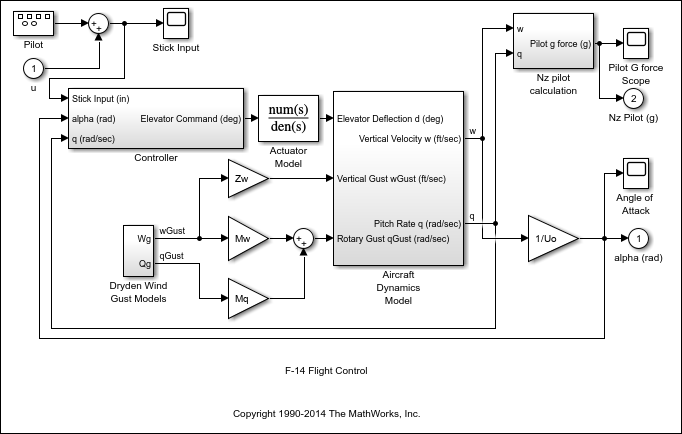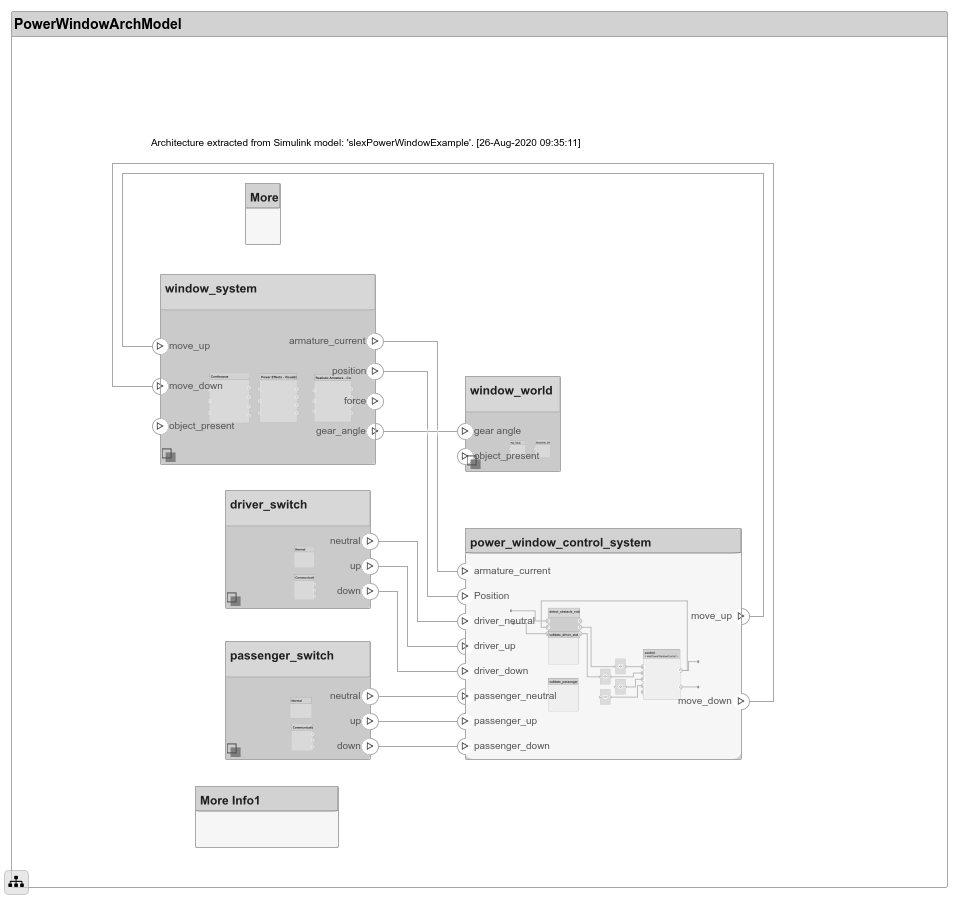Main Content
systemcomposer.extractArchitectureFromSimulink
Extract architecture from Simulink model
Syntax
Description
systemcomposer.extractArchitectureFromSimulink(exports the Simulink modelmodel,name,Name,Value)modelto an architecture modelarchitectureModelNameand saves it in the current directory with additional options.
Examples
Input Arguments
More About
See Also
inlineComponent|createSimulinkBehavior|createStateflowChartBehavior|createSubsystemBehavior|extractArchitectureFromSimulink|linkToModel|isReference|Reference Component
Introduced in R2019a





